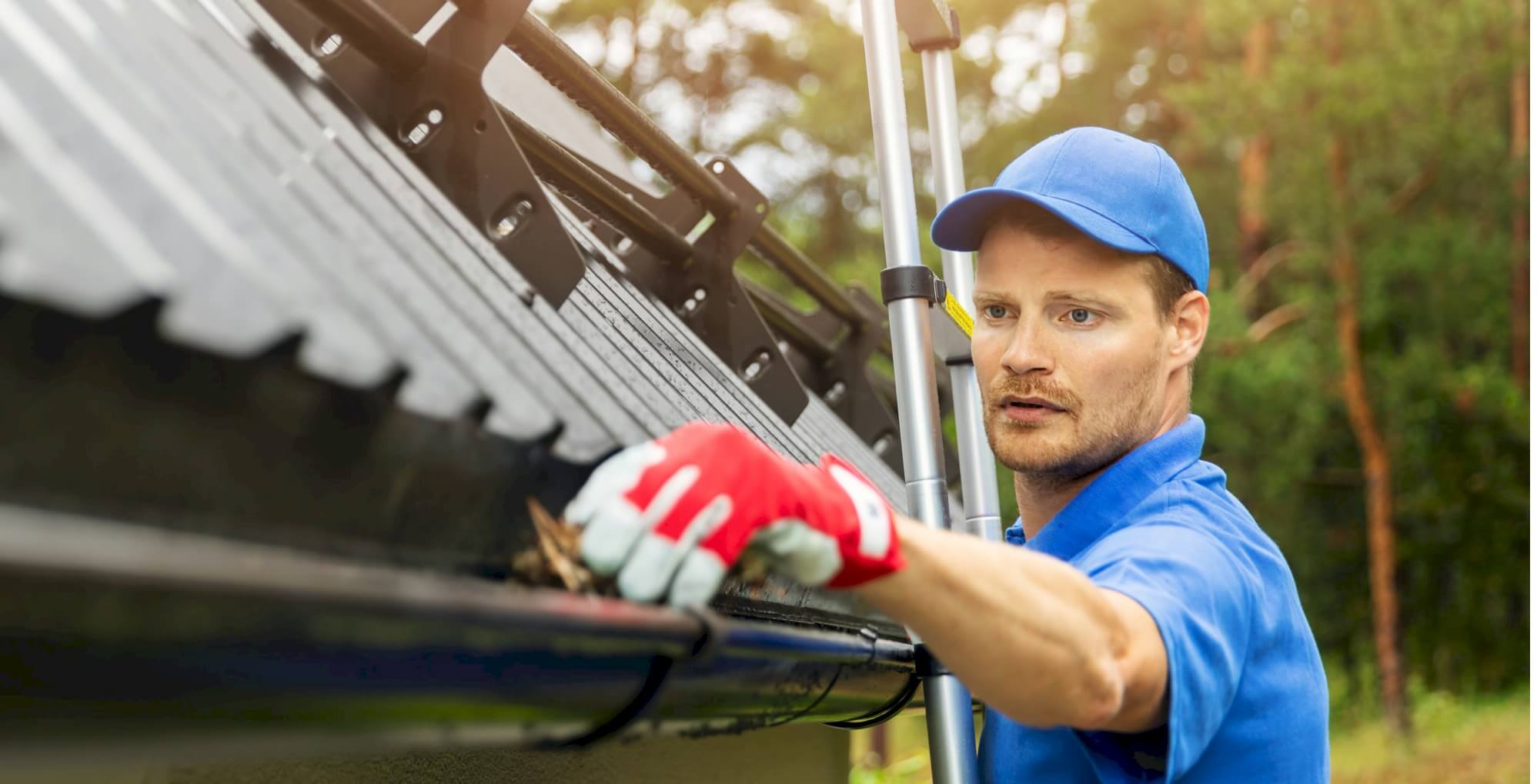The Importance of Inspecting Your Roof
A roof inspection is crucial in ensuring that your roof is in good condition and will protect your home from harsh weather conditions. Regular inspections help to identify any damage early to prevent further deterioration, which may lead to costly repairs or even roof replacement. Moreover, a well-maintained roof increases the value of your home and enhances its curb appeal.
Understanding Different Types of Roof Damage
Several factors can cause damage to your roof, and it is important to know how to identify them during an inspection. The most common types of roof damage include wind, hail, water, and tree damage. Wind damage usually occurs when strong winds lift or loosen shingles, causing them to break or fall off. Hail damage, on the other hand, causes dents, cracks, and holes on the roof surface. Water damage results from leaks or moisture buildup, while tree damage happens when tree branches fall on the roof or rub against it, causing scratches and punctures.
How to Inspect Your Roof for Wind Damage
After a storm, inspecting your roof for any wind damage is essential. Start by examining the roof surface for any missing, broken, or lifted shingles. Check the roof's edges, as wind damage often starts from the roof's perimeter. Also, inspect the gutters for shingle granules, which may indicate that your shingles are deteriorating due to wind damage.
When inspecting your roof for wind damage, look for any signs of leaks, such as water stains on the walls or ceiling. Check the attic for any signs of moisture, including damp insulation or mold growth, as this could indicate a roof leak. Finally, inspect the roof flashing, which is the metal strip that seals the roof's edges and penetrations. Ensure that it is not loose or damaged, as this could cause water to seep in.
Tips and Tricks for Inspecting Your Roof After a Storm
After a storm, inspecting your roof for any damage is essential to prevent further deterioration.
Here are some tips and tricks to help you inspect your roof after a storm:
Start by examining the roof from the ground using binoculars to identify any visible damage.
Check for any missing or lifted shingles, dents, or cracks on the roof surface from the ladder.
Inspect the gutters for shingle granules, which may indicate that your shingles are deteriorating due to storm damage.
Look for any leaks or signs of moisture in the attic, including damp insulation or mold growth.
Check the roof flashing, vents, and chimney for any damage or loose seals.
Hiring a Professional for Storm Damage Inspections
While inspecting your roof after a storm is essential, some damages may not be visible to the untrained eye. In such cases, it is advisable to hire a professional for storm damage inspections to ensure that all damage is identified and repaired. A professional roofing company has the necessary skills and equipment to inspect your roof thoroughly and recommend the best repair options.
Common Roof Repairs for Storm Damage
Storm damage can cause various types of damage to your roof, and the repairs required will depend on the extent of the damage.
Here are some common roof repairs for storm damage:
Shingle replacement: If a storm has caused shingle damage, replacing the affected shingles is the best solution.
Flashing repair: If the roof flashing is damaged, it needs to be repaired or replaced to prevent water from seeping in.
Leaking roof repair: If your roof is leaking, the damaged area needs to be identified and repaired to prevent further water damage.
Gutter repair: Storm damage can cause gutters to loosen or detach from the roof, and repairing them is essential to prevent water damage.
Materials Needed for Inspecting a Roof
When inspecting your roof, you will need various tools and equipment to ensure that the inspection is thorough.
Here is a list of materials needed for inspecting a roof:
Ladder: A ladder is essential for accessing the roof surface and inspecting it thoroughly.
Binoculars: Binoculars help to inspect the roof from the ground and identify any visible damage.
Flashlight: A flashlight is necessary for inspecting the attic and identifying any signs of moisture or leaks.
Safety gear: Safety gear, including gloves, safety glasses, and a hard hat, is essential for personal protection when inspecting the roof.
What to Do If You Find Damage on Your Roof
If you find any damage on your roof during an inspection, it is essential to take immediate action to prevent further damage. Here are the steps to follow if you find damage on your roof:
Document the damage by taking photos, as this may be required when filing an insurance claim.
Hire a professional roofer to inspect the damage and recommend the best repair options.
File an insurance claim if the damage is significant and covered by your insurance policy.
Schedule the repair work as soon as possible to prevent further damage.
Conclusion
Regular roof inspections are essential in ensuring that your roof is in good condition and will protect your home from harsh weather conditions. By understanding the different types of roof damage, how to inspect your roof after a storm, and common roof repairs for storm damage, you can keep your roof in excellent condition and prolong its lifespan. If you find any damage during an inspection, take immediate action to prevent further deterioration. Remember to hire a professional for storm damage inspections to ensure that all damage is identified and repaired.

97 S. Liberty St.
Powell, OH 43065
(614) 319-4599
Contact Us
Your Family Deserves The Best
Premium Replacement Windows, delivered by an amazing team at Broadview Windows serving Columbus and Central Ohio.







